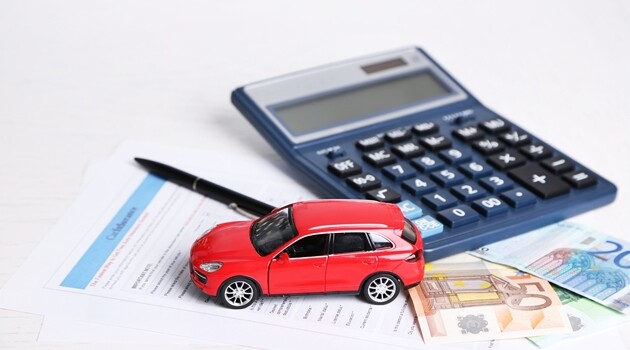
-
Where you stand with vehicles & the boosted instant asset write off
Posted by Team AVS on 29 Oct, 2020 0 CommentsThe extension of the instant asset write-off from $30,000 to $150,000 until 31 December 2020, as part of the Federal Government’s COVID-19 stimulus measures, provides an opportunity to look at its application to motor vehicles.
Note that in addition to the higher write off amount, the business turnover threshold test for eligibility was increased to also apply (from March 2020 until 31 December 2020) to businesses with an aggregated turnover of less than $500 million.
As with all assets that are eligible for the instant asset write-off, the vehicle must be first acquired between 2 April 2019 and 31 December 2020 and must be “used or installed ready for use” in a business from 12 March 2020 to 31 December 2020. This means, for example, that if the taxpayer purchases the vehicle in the income year ended 30 June 2020, an instant asset write-off deduction will not be available in that income year unless it was also “first used or installed ready for use” in a business in that same income year.
What it means for a vehicle to be “used or installed ready for use” will be a question of fact depending on the nature of the vehicle and the business in which it is used (and will, presumably, at least require the vehicle to be registered and located on the business premises in a workable state).
However it must be emphasised that there is a car limit that applies to the maximum amount of instant asset write-off deduction that can be claimed. For the 2019-20 income tax year, this amount is $57,581. For the 2020-21 income year this amount is $59,136.
For these purposes, a car is defined as a vehicle designed to carry a load less than one tonne and fewer than nine passengers (which means the car limit will not apply If the vehicle carries a load of one tonne or more or carries nine passengers or more).
Furthermore, the one tonne limit relates to the maximum load of the vehicle (that is, the payload capacity), which is the vehicle’s gross vehicle mass reduced by its basic kerb weight. This is the vehicle’s weight with a full tank of fuel, oil and coolant plus the spare wheel, tools (including jack) and any factory-installed options (but excluding the weight of passengers, goods or accessories). This test is relevant to the purchase of a dual cab ute that is also often designed so it can be put to family use as well.
The car limit applies to the “first element” of the cost of the vehicle — which basically means that “second element” costs are essentially later capital improvements made to the vehicle that are incurred after beginning to hold the vehicle for income use. These however may also be entitled to the instant asset write-off deduction in their own right, and would be the case whether they are incurred either in the same income year in which the vehicle is purchased (as the instant asset write-off applies to multiple assets) or in a later income year.
But it should also be noted that as the car limit applies to the first element of the cost of the car, any second element cost expenditure that, say, increases the carrying capacity of the car to more than one tonne does not affect the original application of the car limit to the original purchase of the vehicle.
Other matters to note include:
- You cannot claim the excess cost over the car limit that is denied the instant asset write-off deduction under any other depreciation rules or the general deduction provisions.
- With all assets eligible, the instant asset write-off deduction is limited to the business portion use of the car in the income tax year (for example, using the car limit of $57,581 for the 2019-20 income tax year, if the vehicle is used 60% for business use, the total amount that can be claimed under the instant asset write-off in that year is $34,549 – being 60% of $57,581).
- You cannot claim both the instant asset write-off in respect of a vehicle (or any asset) and the 50% accelerated depreciation rate for the same vehicle.
If you have any questions, feel free to ask them in the comment section. We will be happy to answer all your queries.

 AVS BusinessServices @ What the
AVS BusinessServices @ What the
Comments